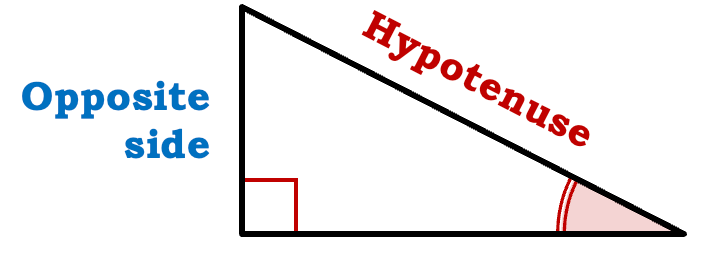- Stella
- Sep 9, 2024
- 3 min read
Updated: Jan 2
Why do we learn Trig? You'll be amazed how much Trig is used in everyday life. Including computer game design, engineering and robotics.
Engineering and Construction
Building Structures: Trigonometry helps engineers calculate the correct angles and dimensions for structures like bridges, pyramids, skyscrapers, and tunnels. It’s used to ensure stability and balance.
Roof Design: The slope of a roof is calculated using trigonometric functions to determine the correct angle for drainage.
Surveying: Land surveyors use trigonometry to measure distances and angles between points on the earth’s surface.
How can I measure the height of the Burj Khalifa? Trig will help with that. See lesson 4 in our trigonometry series
Navigation
Marine and Air Navigation: Pilots and sailors use trigonometry to determine their position using GPS, stars, and radio signals. The angles and distances between various waypoints are calculated using trigonometric functions.
Satellite Systems: Trigonometry is essential for calculating the orbits of satellites and determining where they will be at a given time.
Physics
Wave Motion: Trigonometric functions (sine and cosine) describe wave patterns, such as sound waves, light waves, and electrical waves.
Projectile Motion: The trajectory of objects (like a thrown ball or a rocket) is modeled using trigonometric equations.
Forces and Angles: Trigonometry is used in physics to break down forces into components, such as in the analysis of inclined planes or tension in cables.
Imagine being in a submarine during world war 2. You need to fire a torpedo to sink a ship. What angle do you shoot it at? Calculators were not invented yet!!
Astronomy
Distance to Stars and Planets: Astronomers use trigonometric parallax to measure the distance to nearby stars. By observing a star from two different positions in Earth's orbit, they use trigonometry to calculate its distance.
Planetary Orbits: The orbits of planets and celestial bodies are calculated using principles of trigonometry to predict future positions.
Geology
Measuring Slopes and Heights: Geologists use trigonometry to calculate the height of mountains, the slope of geological formations, and to measure distances in areas that are difficult to access.
Seismology: In studying earthquakes, trigonometry helps determine the epicenter of seismic waves.
Architecture
Designing Complex Structures: Architects use trigonometry to design buildings, especially in irregular shapes, domes, and curves. They rely on it to calculate load-bearing angles and optimise space and materials.
Interior Design: Trigonometric calculations help in determining the right angles for natural light, optimal placement of furniture, and the geometry of rooms.
Computer Graphics and Animation
Rendering 3D Models: Trigonometry is used to rotate, scale, and move objects in 3D space in video games and movies. It is crucial in simulating realistic perspectives and shadows.
Image Processing: Trigonometric functions are applied to algorithms for manipulating and filtering digital images.
Music Theory
Sound Waves: The frequency and pitch of musical notes are represented by sine and cosine waves, which are fundamental trigonometric functions. Trigonometry helps in understanding harmonics and resonance.
Medical Imaging
CT Scans and MRIs: Trigonometry is involved in creating cross-sectional images of the body in medical imaging technologies. It helps in reconstructing 3D images from multiple 2D slices.
Radiation Therapy: In cancer treatments, trigonometric calculations are used to ensure radiation is targeted accurately at tumors without damaging surrounding tissue.
Robotics and Machine Learning
Motion and Path Planning: Robots use trigonometry to calculate trajectories and navigate through spaces. Algorithms that drive autonomous robots often rely on trigonometric principles to determine angles and distances.
Computer Vision: Robots and AI systems use trigonometry to process visual information and interpret objects' positions, angles, and distances.
.png)















